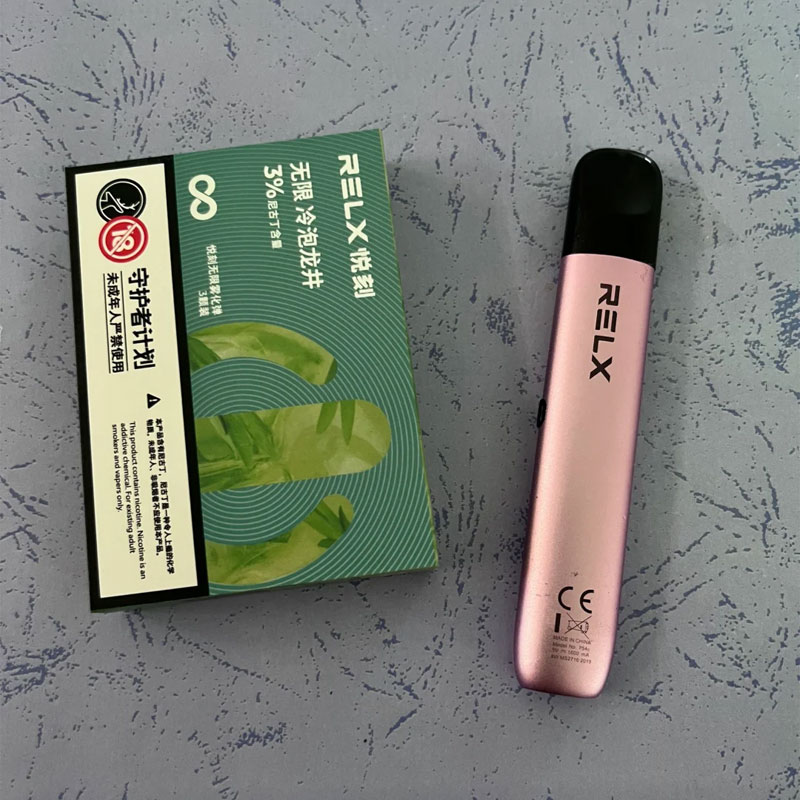Navigating the latest trends in e-cigarette regulation requires a careful understanding of the dynamic landscape surrounding this topic, especially with the growing popularity of vaping among various demographics. The keyword “réglementation e-cigarette” highlights the critical regulatory frameworks being discussed globally.
One of the primary aspects of e-cigarette regulation involves age restrictions. Many countries have implemented laws prohibiting the sale of e-cigarettes to minors, recognizing the potential health risks and addiction concerns associated with youthful experimentation.
In tandem with age restrictions, advertising guidelines play a significant role. Regulatory bodies actively seek to prevent young individuals from being targeted by advertising that portrays vaping as glamorous or risk-free.
In addition, there is a growing emphasis on the ingredients and packaging standards for e-cigarettes. Transparency in ingredient listing is crucial to ensure consumers are aware of what they are inhaling and to facilitate informed decisions.
International Differences in E-cigarette Regulation
The approach to e-cigarette regulation varies significantly from country to country.
- The European Union has adopted relatively stringent measures, including limitations on nicotine concentrations and refill container sizes.
- In contrast, the United States has a patchwork regulatory approach, where the FDA asserts control but state and local governments often implement additional regulations.
- Countries like Australia and New Zealand represent unique cases, where e-cigarette sales are tightly controlled, predominantly as prescription-only products.
This diversity in regulation reflects cultural attitudes towards smoking and varying public health priorities. The evolving nature of science and technology further complicates the regulatory landscape. Advances in scientific research continually reshape the understanding of vaping’s long-term impact, prompting reassessment and potentially stricter regulations.
Technological Advancements Impacting Regulation
 The rapid innovation within the e-cigarette industry is another layer regulators must consider. From IoT-enabled devices that monitor usage patterns to advancements in e-liquid formulations, technology is constantly advancing. Regulators must stay abreast of these developments to ensure legislation remains relevant and effective.
The rapid innovation within the e-cigarette industry is another layer regulators must consider. From IoT-enabled devices that monitor usage patterns to advancements in e-liquid formulations, technology is constantly advancing. Regulators must stay abreast of these developments to ensure legislation remains relevant and effective.
Emerging Concerns: Flavor Restrictions
Flavor restrictions are gaining attention as regulators ponder their role in e-cigarette appeal, especially to younger users. Certain regions have moved towards banning flavored e-liquids, arguing that flavorings entice underage individuals. These bans, however, are contentious as flavors can help adult smokers transition away from traditional cigarettes.
As regulations tighten, the vaping industry faces challenges in adapting while remaining accessible to those seeking less harmful alternatives.
Sustainability and Environmental Impact Another burgeoning area of regulation focuses on the environmental impact of e-cigarettes. The disposable nature of many devices raises concerns about litter and e-waste. Efforts are underway to mandate recycling programs and eco-friendly product designs, but the effectiveness of these measures remains to be seen.
- FAQ Section:
- Are e-cigarettes less harmful than traditional cigarettes?
While e-cigarettes are generally considered less harmful than traditional cigarettes due to the absence of combustion, they are not entirely risk-free and pose health risks, especially with high nicotine exposure. - What are the common e-cigarette ingredients?

Common ingredients in e-cigarettes include nicotine, propylene glycol, glycerin, and various flavorings designed to mimic traditional tobacco flavors or offer a fruity alternative. - Why are there flavor bans in some areas?
Flavor bans are often implemented to reduce the appeal of e-cigarettes to minors, mitigating the risk of developing life-long nicotine addiction among young users.

Understanding the intricacies of e-cigarette regulation is essential for both consumers and industry players as they navigate this complex and evolving landscape. With a keen focus on health, technology, and environmental concerns, the orderly regulation of e-cigarettes promises to shape the future of this widely debated product.